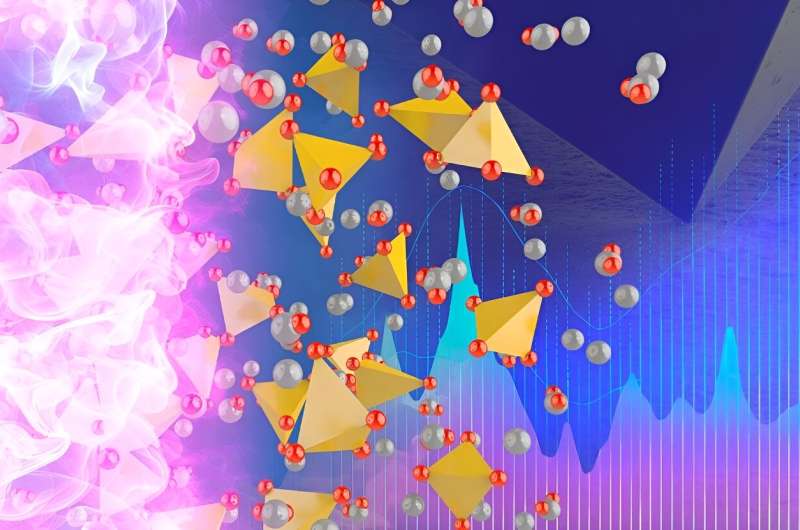
As current courses through a battery, its materials erode over time. Mechanical influences such as stress and strain affect this trajectory, although their impacts on battery efficacy and longevity are not fully understood.
A team led by researchers at the Department of Energy’s Oak Ridge National Laboratory developed a framework for designing solid-state batteries, or SSBs, with mechanics in mind. Their paper, published in Science, reviewed how these factors change SSBs during their cycling.
“Our goal is to highlight the importance of mechanics in battery performance,” said Sergiy Kalnaus, a scientist in ORNL’s Multiphysics Modeling and Flows group. “A lot of studies have focused on chemical or electric properties but have neglected to show the underlying mechanics.”
The team spans several ORNL research areas including computation, chemistry and materials science. Together, their review painted a more cohesive picture of the conditions that affect SSBs by using perspectives from across the scientific spectrum. “We’re trying to bridge the divide between disciplines,” said Kalnaus.
In batteries, charged particles flow through materials known as electrolytes. Most are liquids, like in the lithium-ion batteries found in electric cars—but solid electrolytes also are being developed. These conductors are typically made from glass or ceramic and could offer advantages such as enhanced safety and strength.
“True solid-state batteries don’t have flammable liquids inside,” said Kalnaus. “This means that they would be less hazardous than the batteries commonly used today.”
However, solid electrolytes are still in the early stages of development due to the challenges associated with these novel materials. SSB components swell and shrink during charge and mass transport, which alters the system.
“Electrodes constantly deform during the battery operation, creating delamination and voids at the interfaces with the solid electrolyte,” said Kalnaus. “In today’s systems, the best solution is applying a large amount of pressure to keep everything together.”
